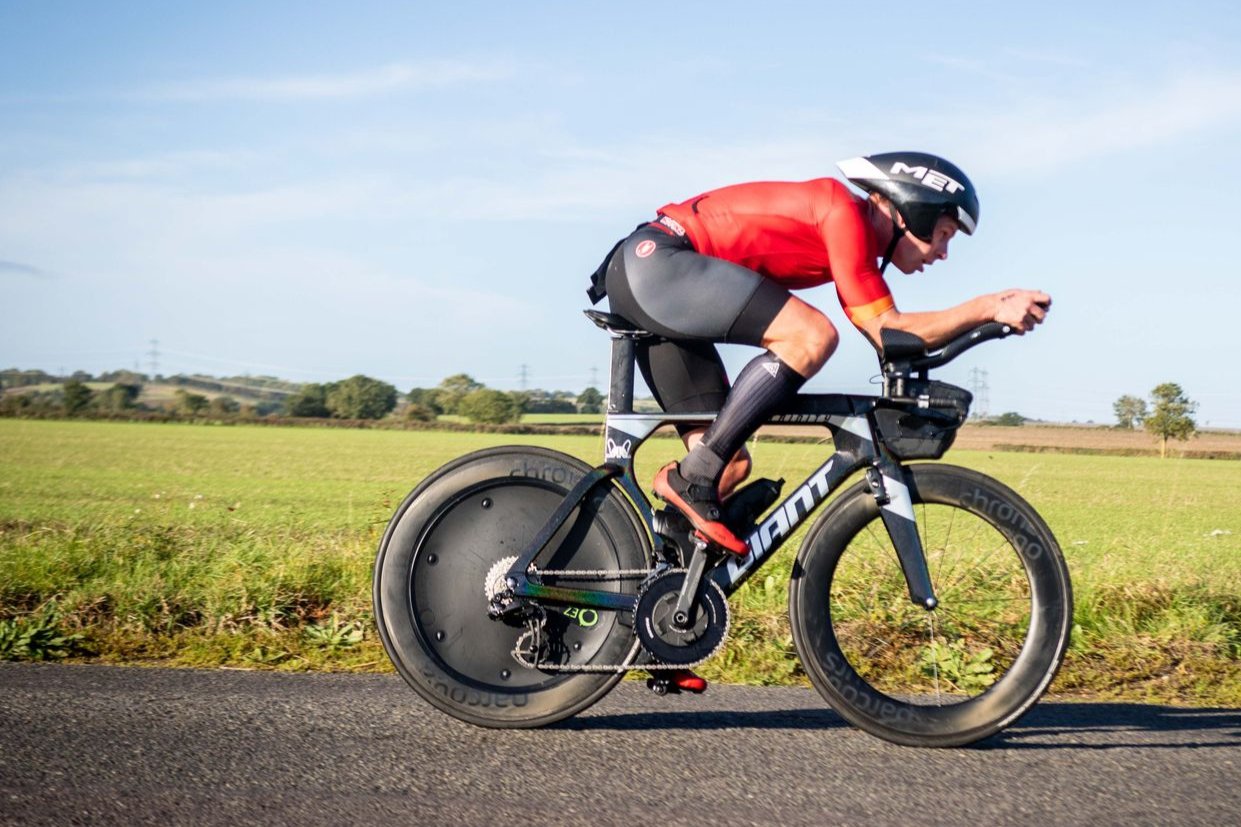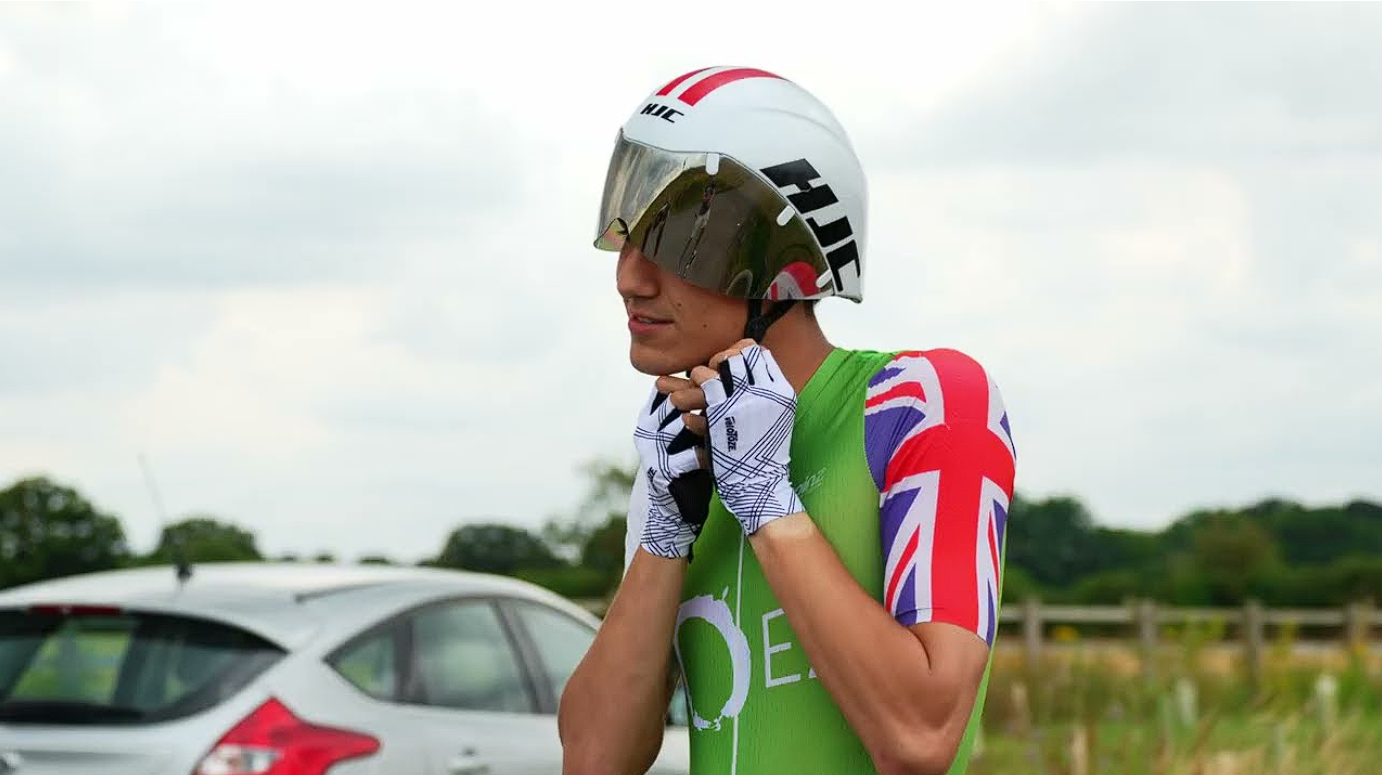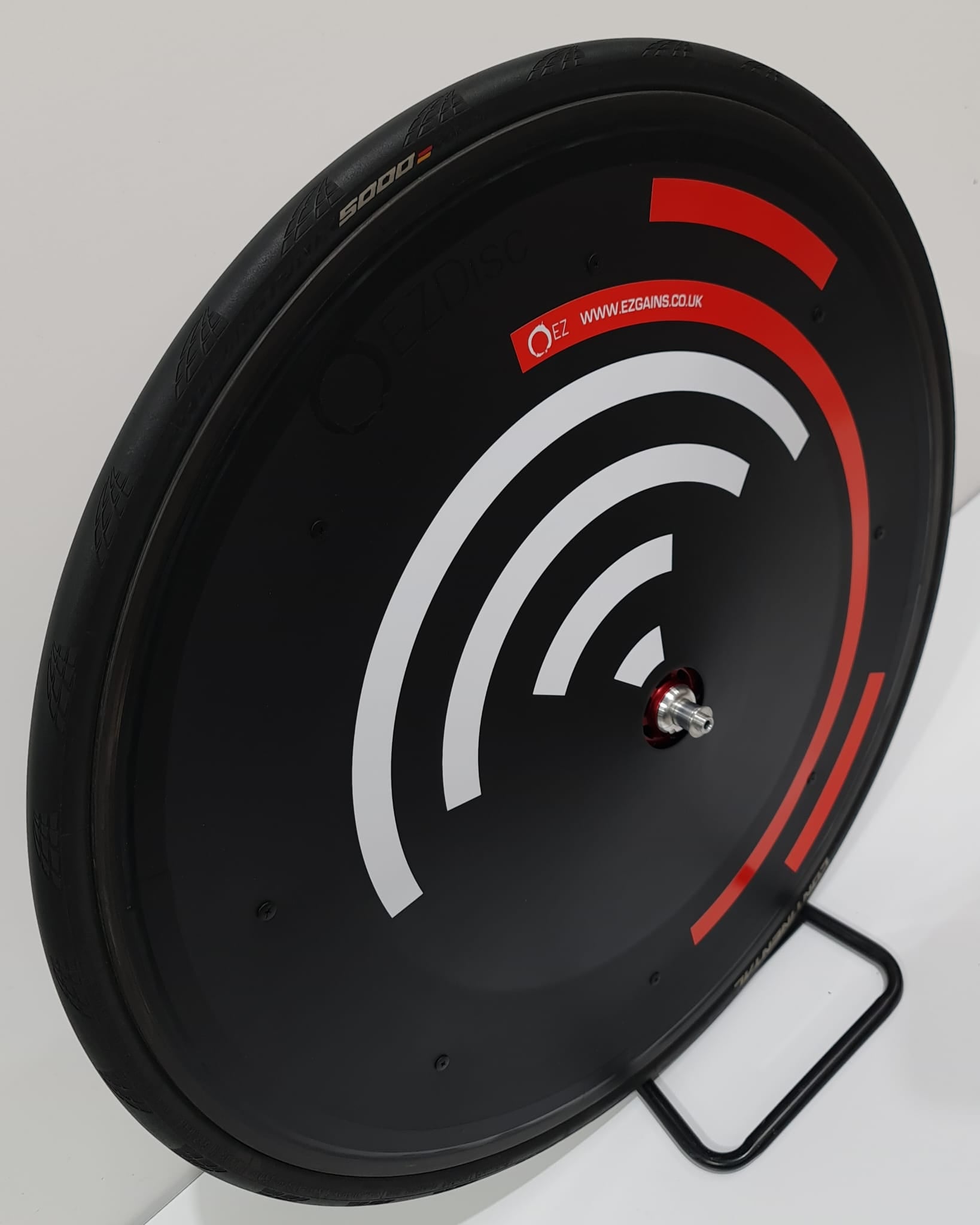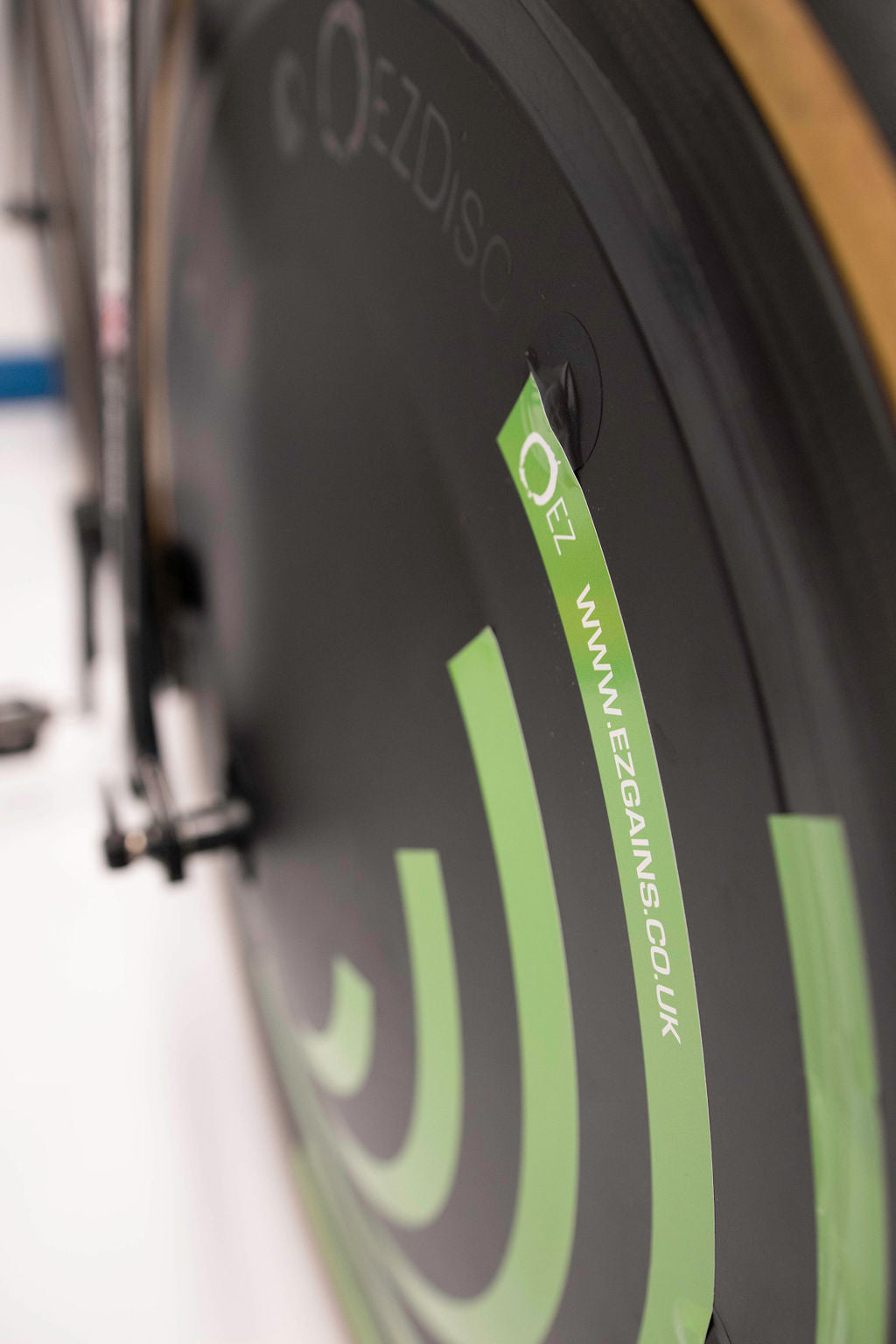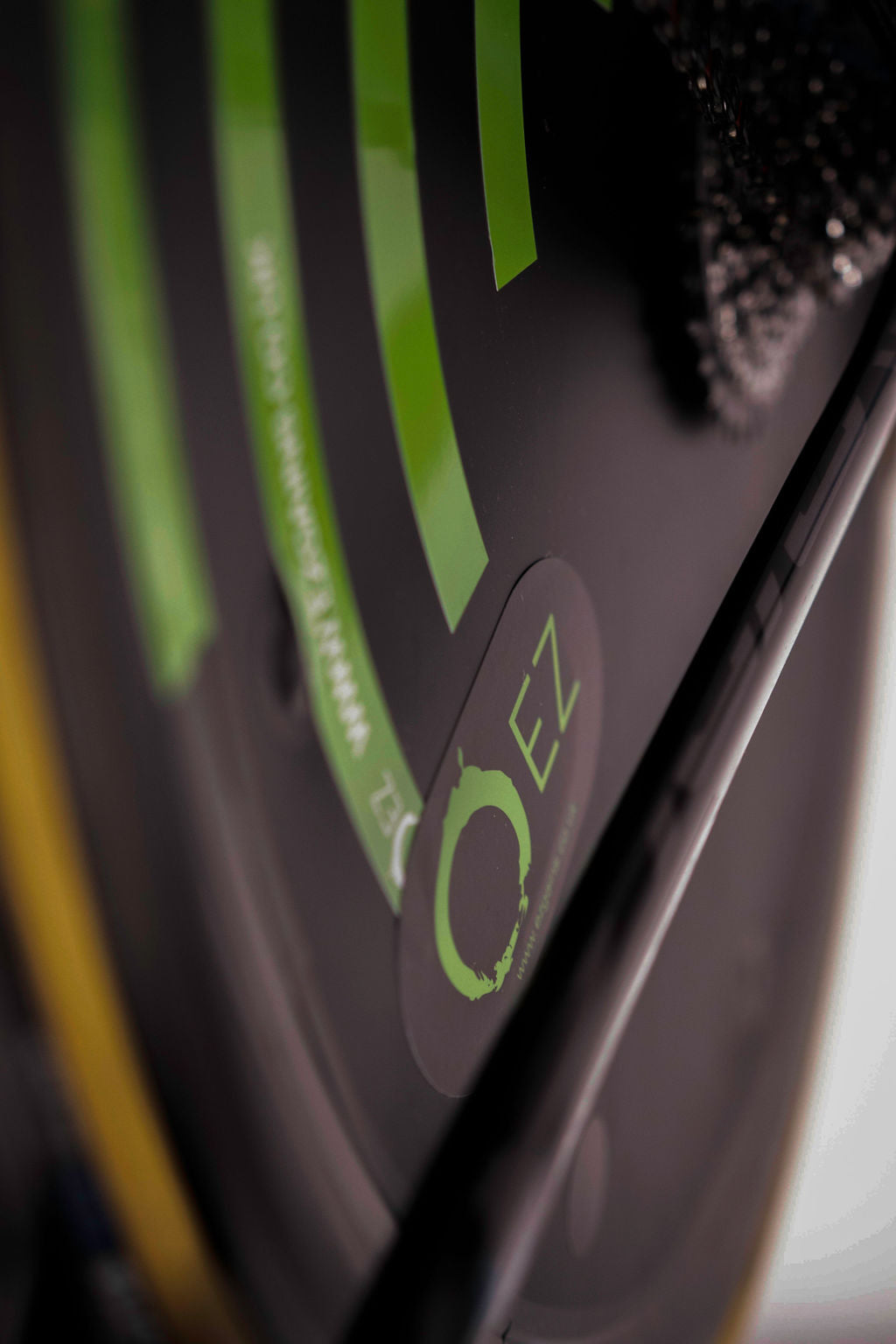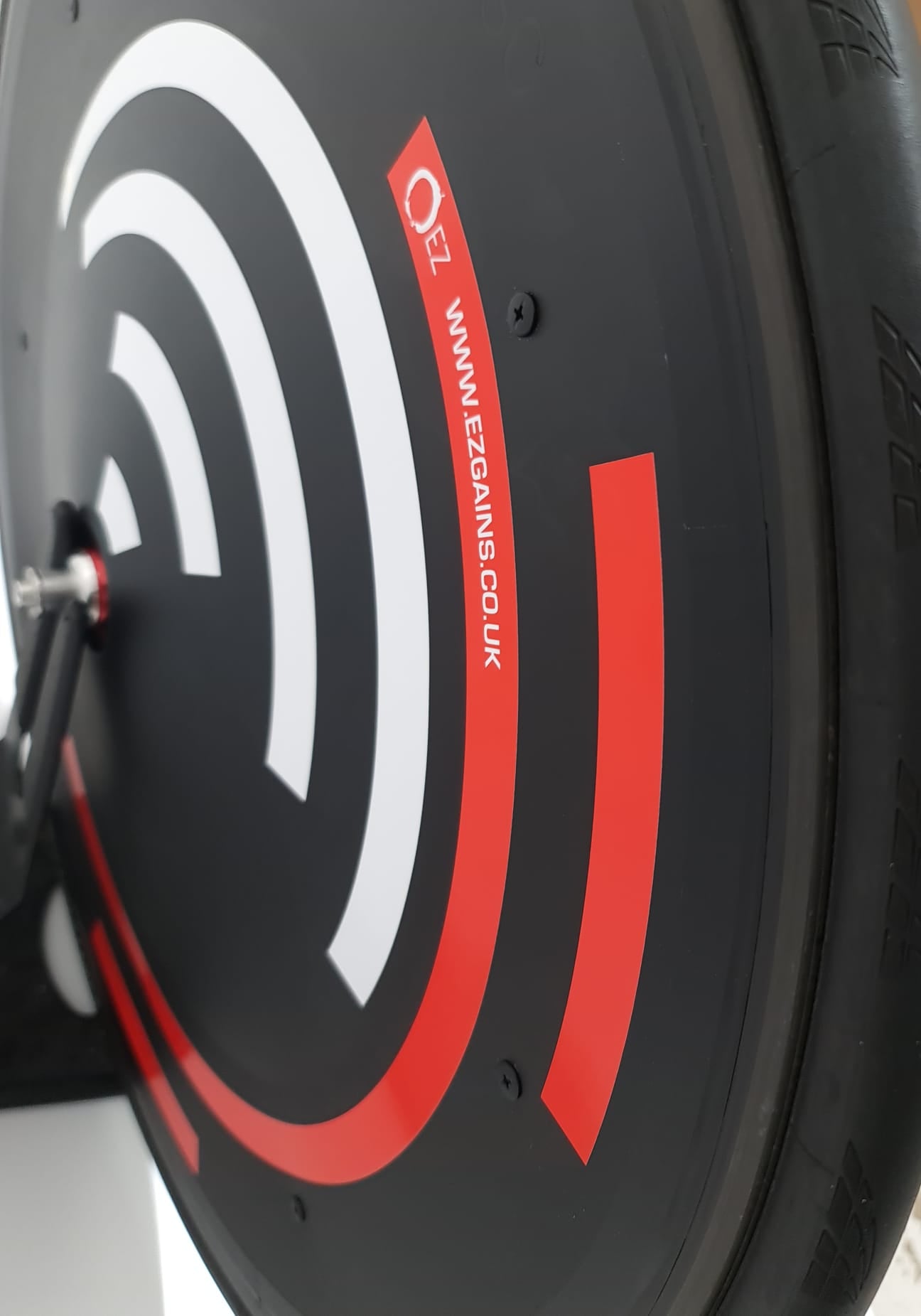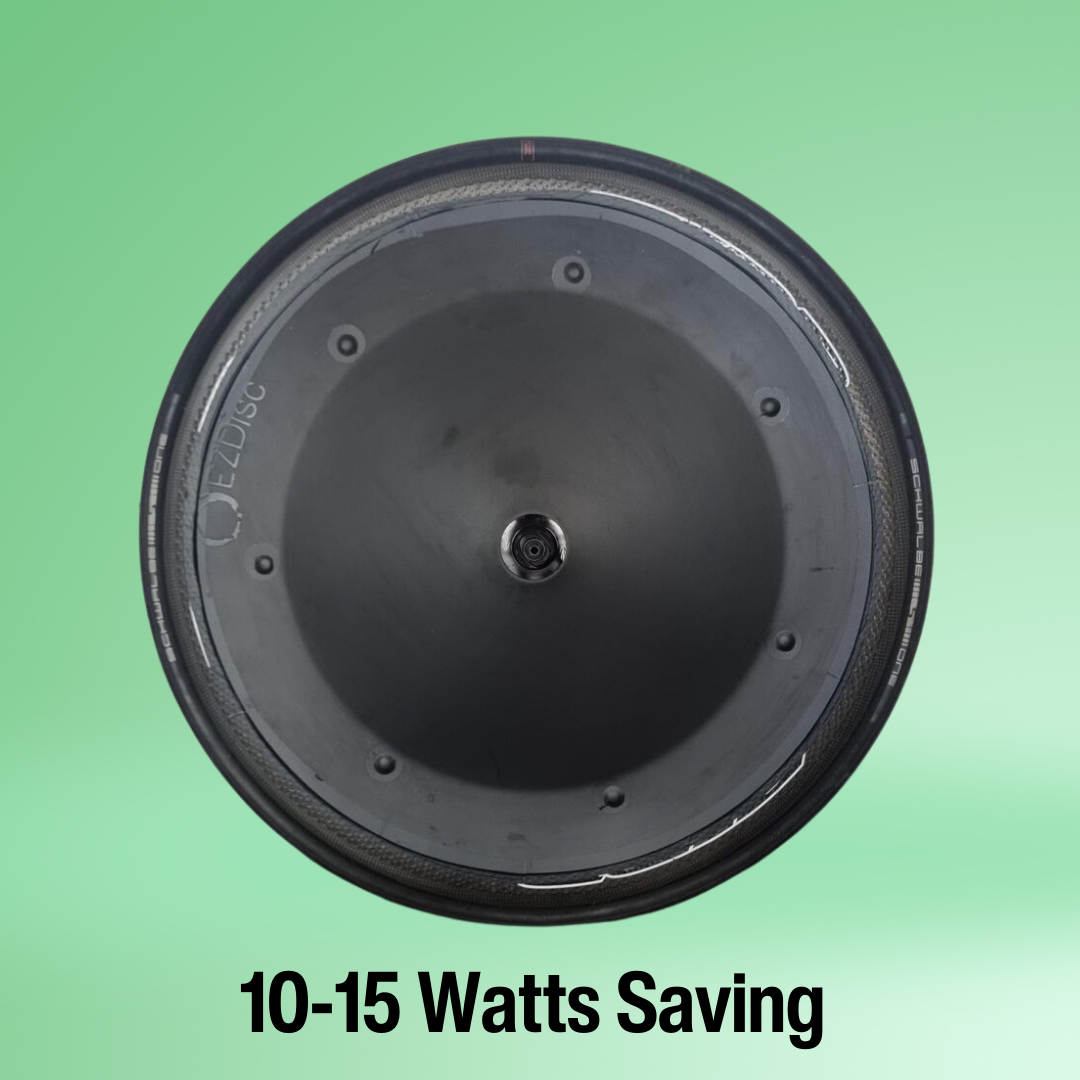
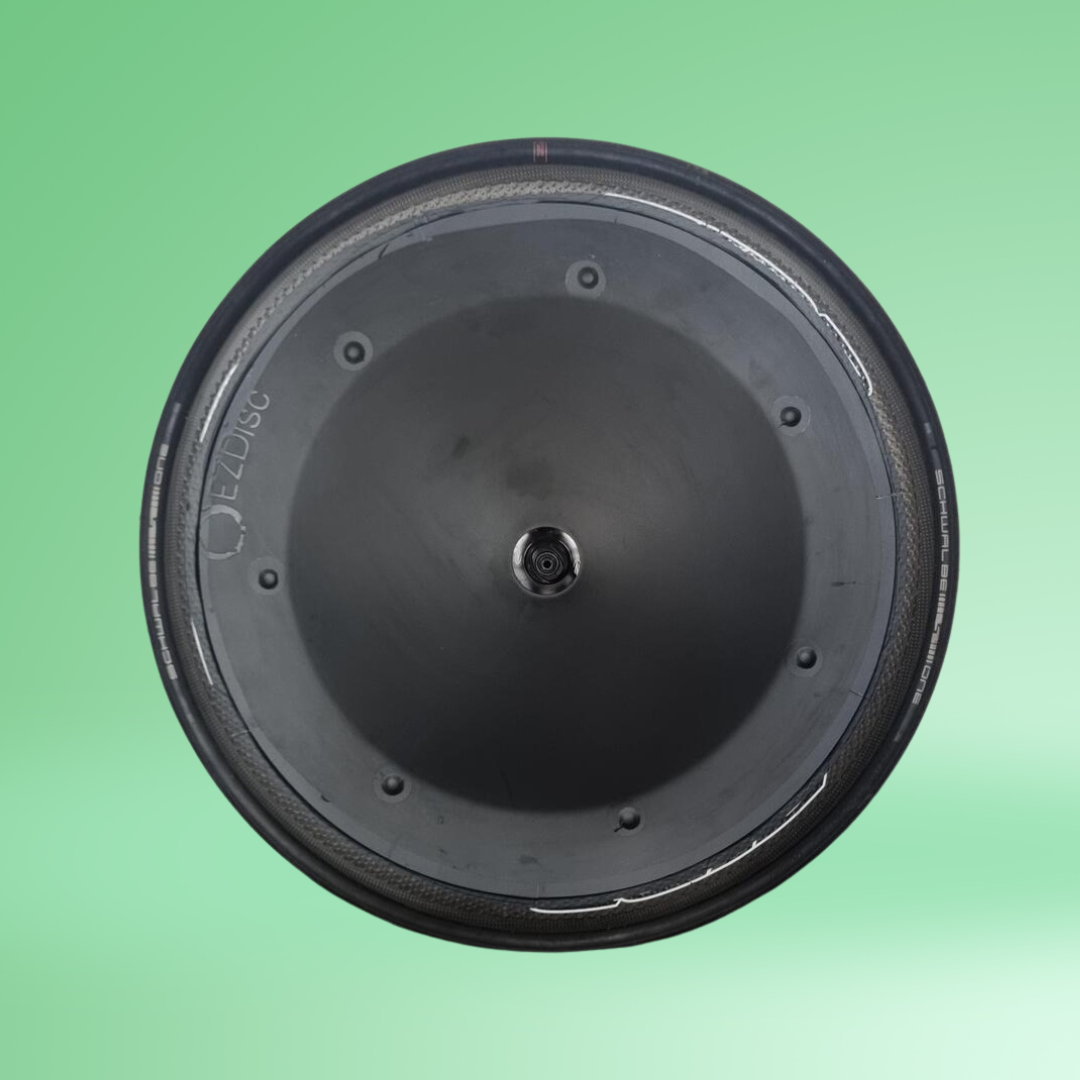
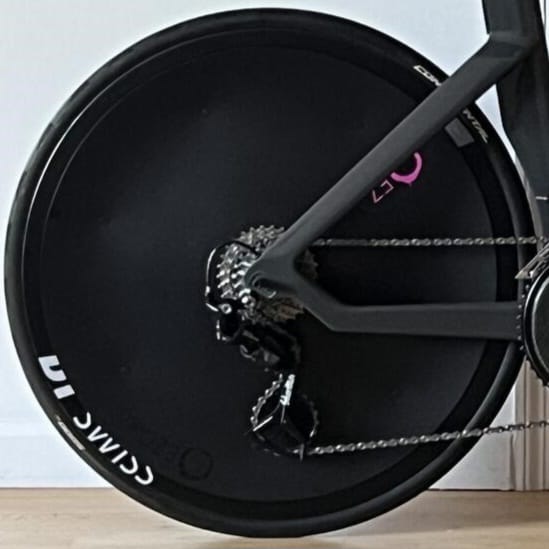

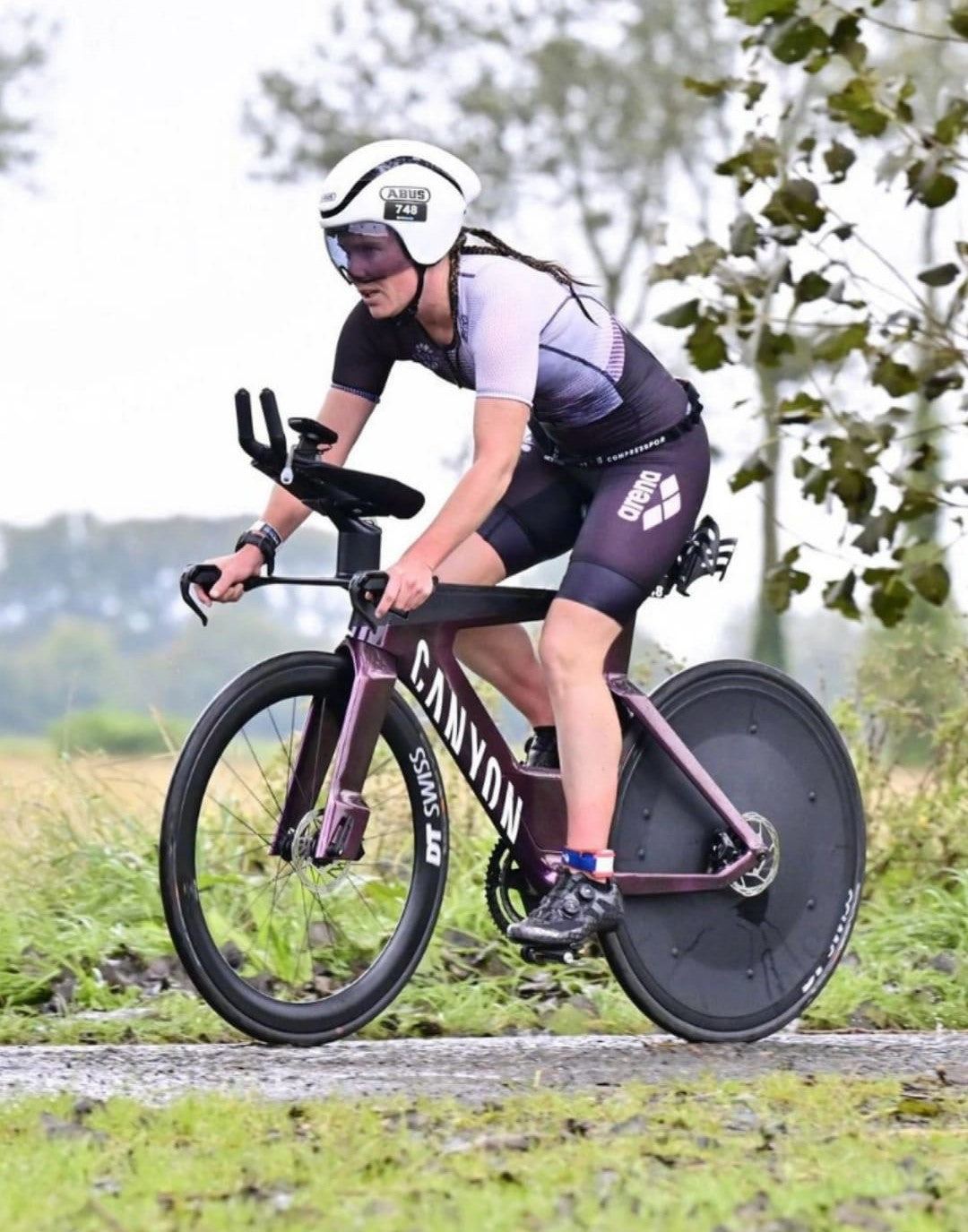
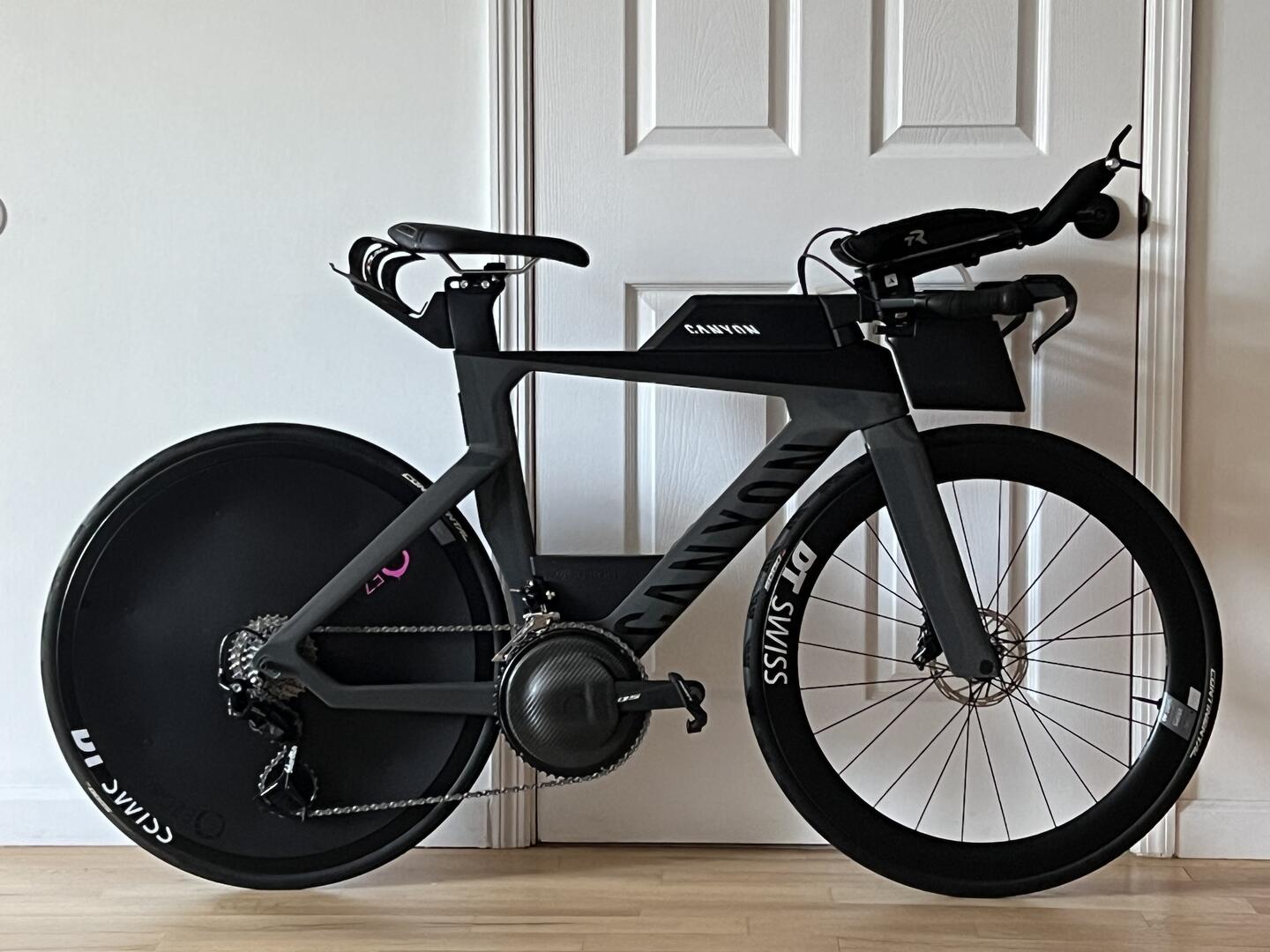
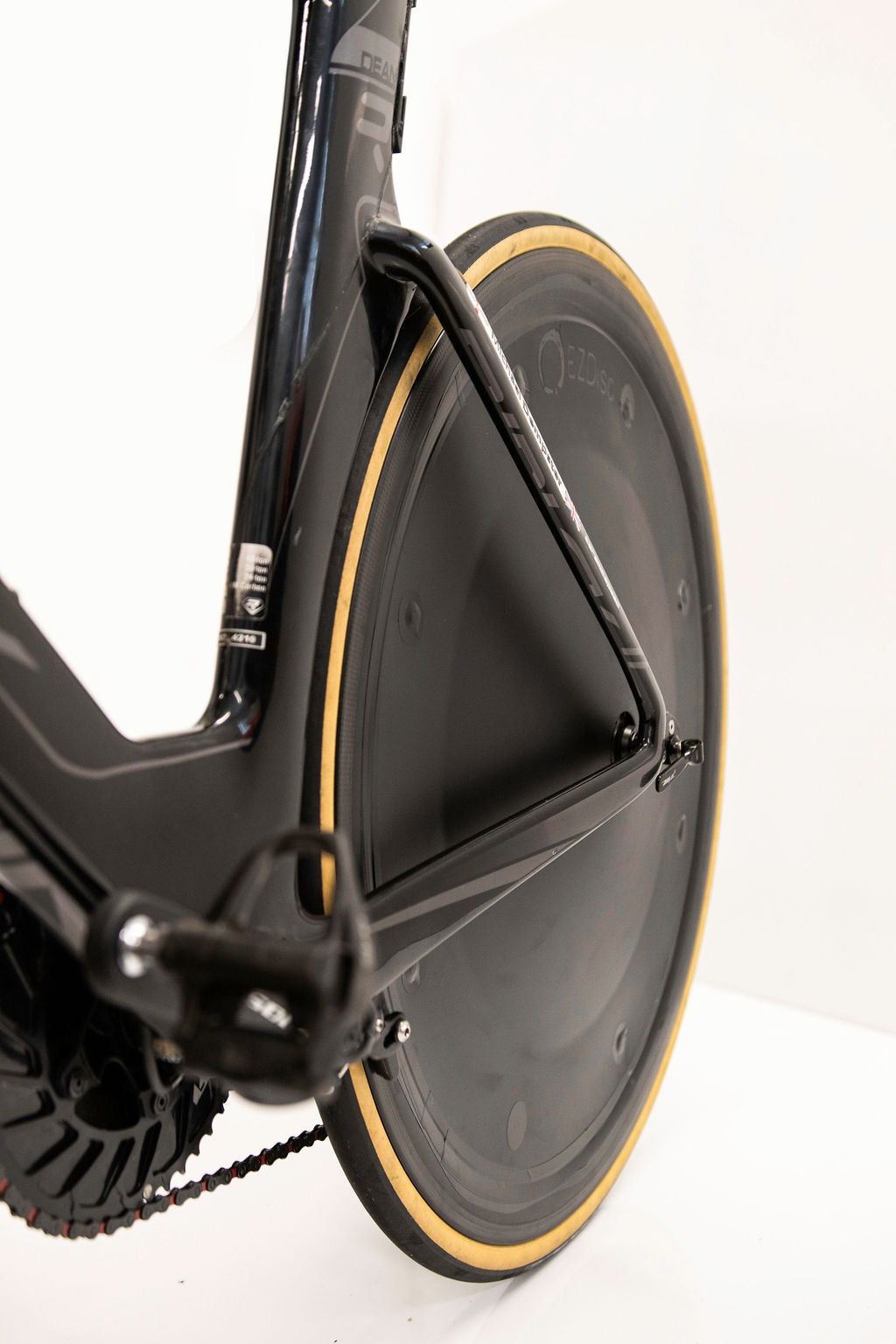
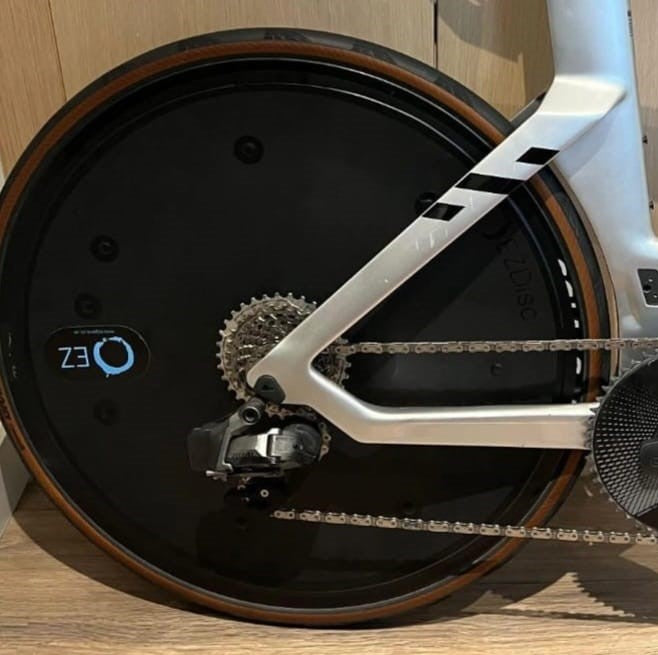
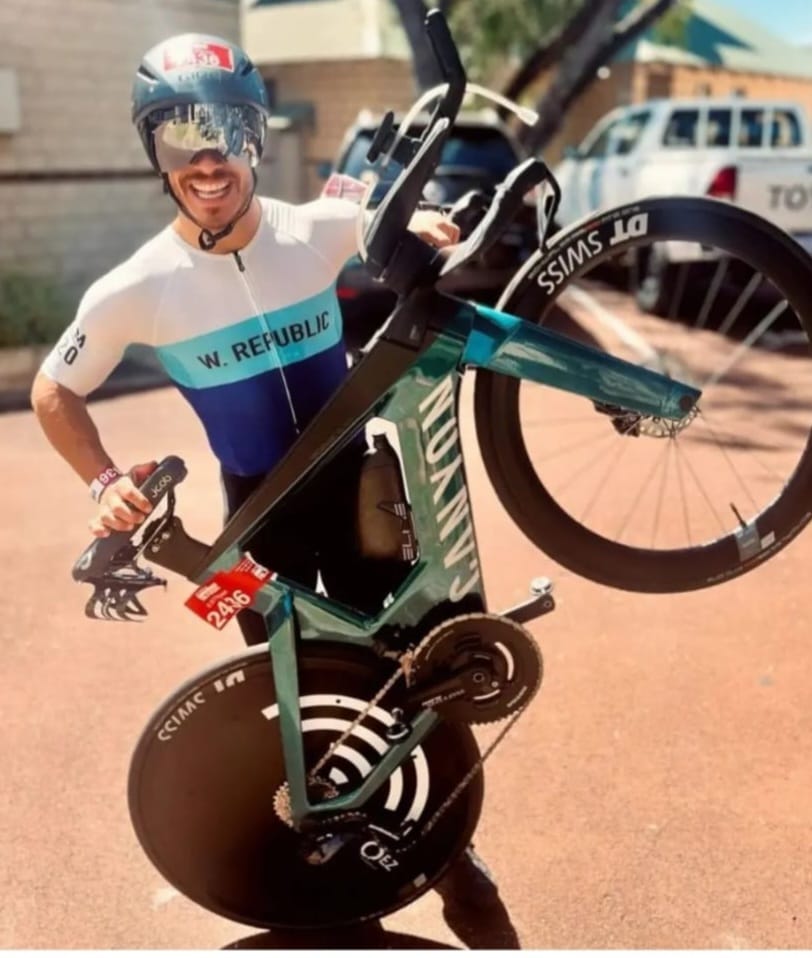
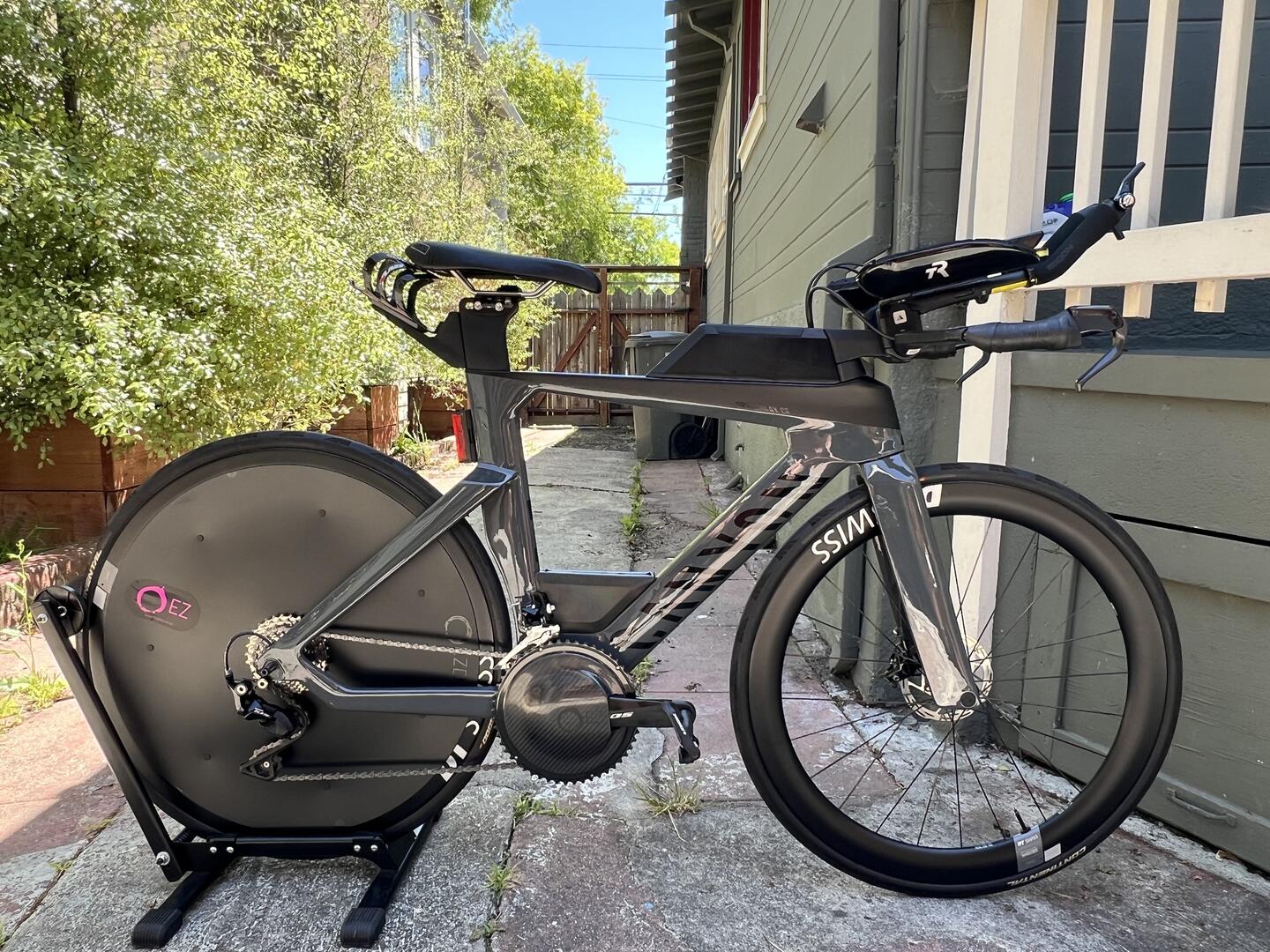
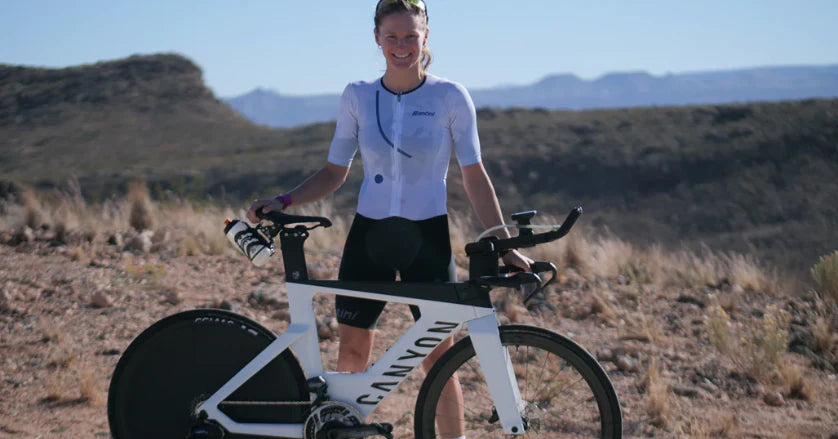
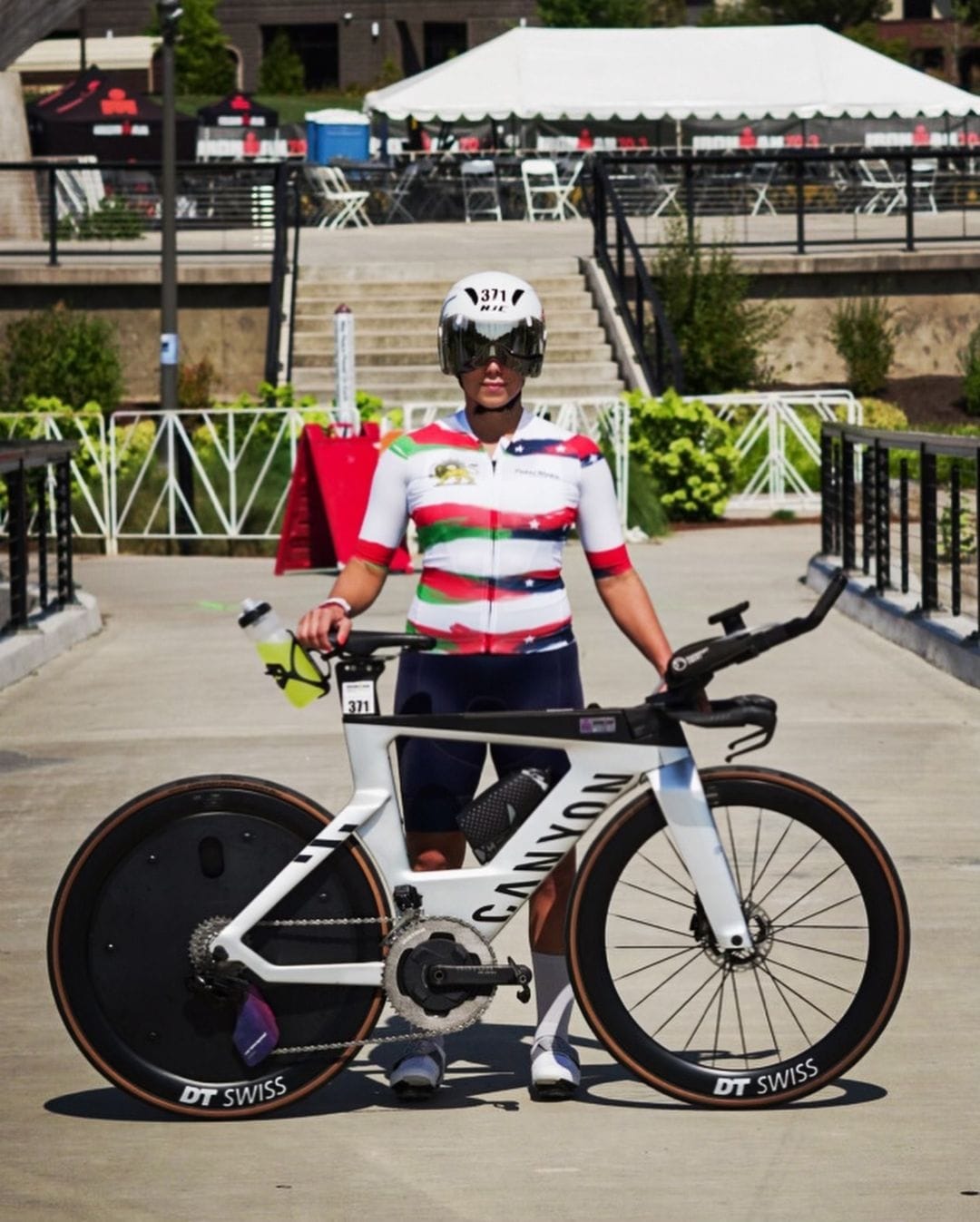
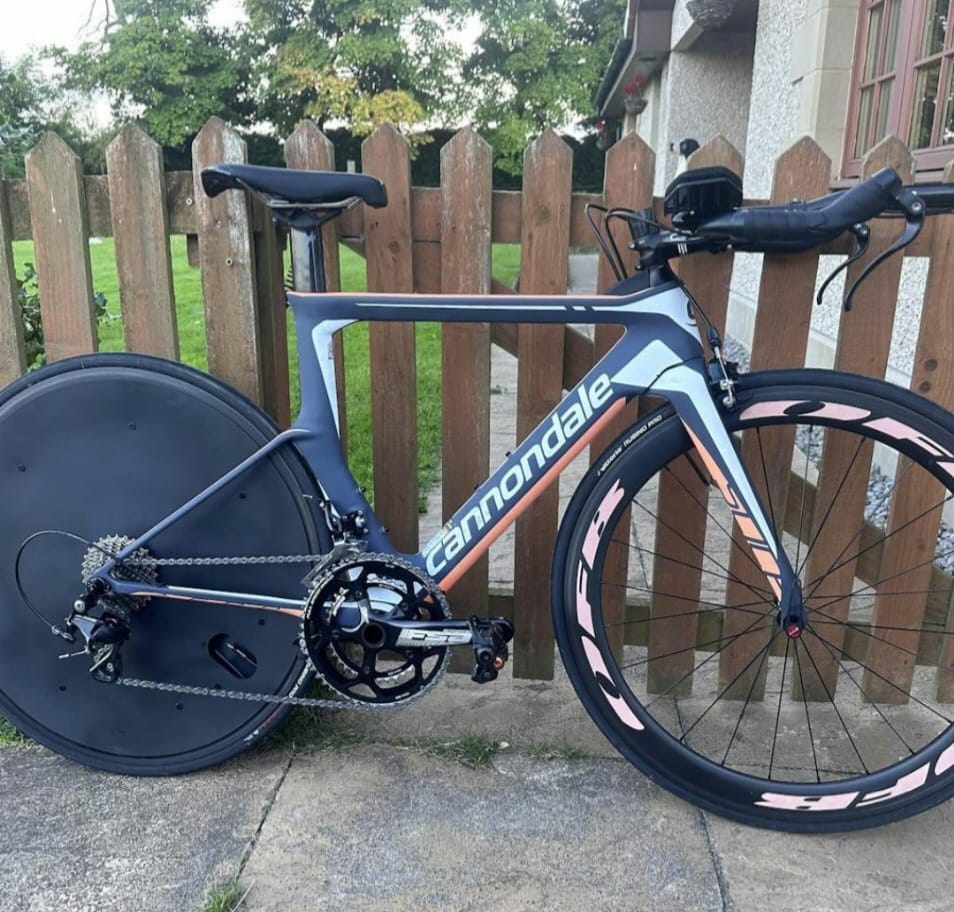
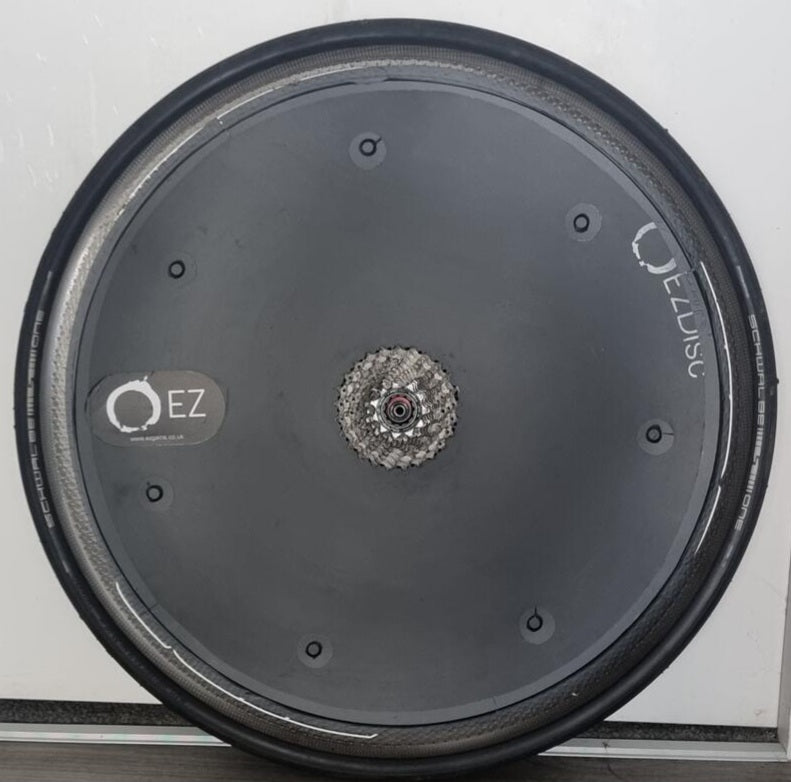
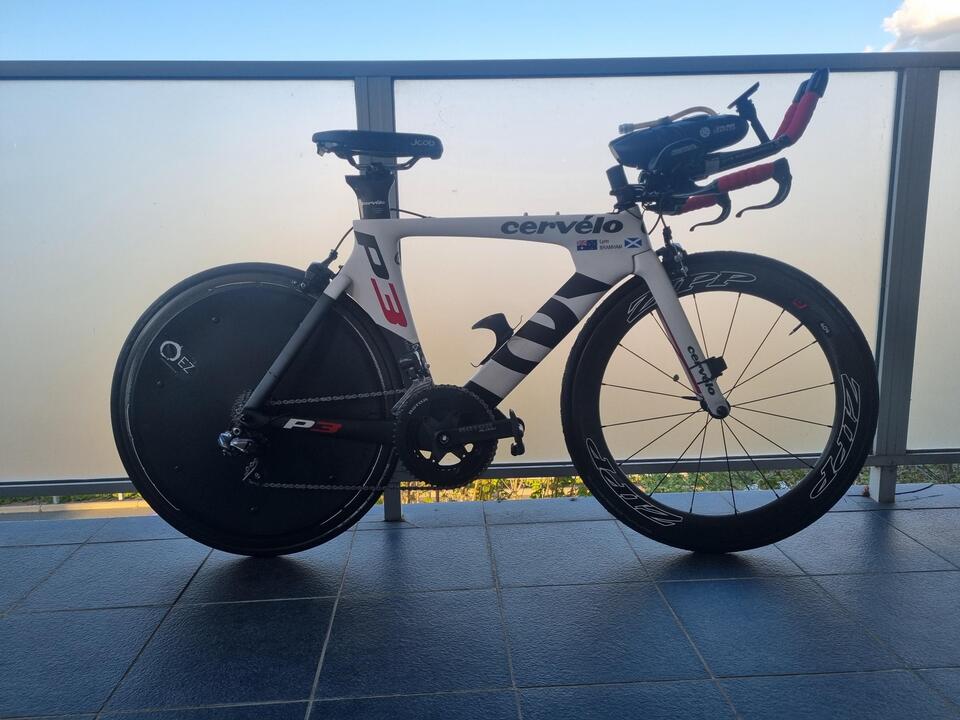
EZ Disc® Cover (650-B-C) 10-15 Watt Saving®
Ironman Triathlon and World Triathlon have confirmed the EZ Disc is legal to use in draft–illegal races and conforms to safety standards set out by governing bodies
5.03 Ironman (World Triathlon)
(h) All aspects of the bicycle must be safe to the rider and to other athletes in the Race. Minimum safety standards include, but are not limited to, meeting or exceeding the standards of a reputable safety standards organization (such as CPSC, ISO, or other equally reputable safety standards organizations)
BTF-CTT Legal / ITU - ETU / Ironman Legal / World Triathlon ISO Accredited.
Pairs well with

EZ Disc® Cover (650-B-C) 10-15 Watt Saving®
If you have any questions, you are always welcome to contact us. We'll get back to you as soon as possible, within 24 hours on weekdays.
Shipping Information
OPTION FOR DUTIES & TAXES PAID to EU (Check FAQs)- USA, UK, CANADA. AUSTRALIA, JORDAN, KUWAIT, NEW ZELAND, OMAN, QATAR, SAUDI ARABIA, SINGAPORE & UAE = Duties Paid
Customer Support
We want to help you as soon as possible, so we have a Live chat function on our site. Just click the Chat box below and we'll get back to you as soon as we can.
FAQ’s
Whether it's product, shipping or general EZ Gains information, take a look at our FAQs page for answers to your questions.
Contact Us
Drop us an email via our Contact Us page and we'll get back to you shortly.
EZ Gains
Aerodynamic rear disc wheel covers for road racing bicycles.
Turn your wheel into a disc wheel and enjoy meaningful performance gains of two minutes plus over 90k.
Product Details
What's Included
- Your EZ Disc Cover (650c) (both sides)
- Fixing bolts – for securing the disc covers together
- Cable ties – for fixing the disc cover to your wheel
- Wheel Protection tape and binding screw stickers x 1 (Outer Wheel Protection Tape)"if removing often please consider buying extra rim tape, you can also use the electric tape supplied to protect you wheel to save on using both tapes on one fit".
- 4 x valve covers – to cover the valve opening - reusable up to 20 times as they are made from a high quality adhesive material.
- Swirls purchased separately
Approximate Weight (Complete Set)
The EZDisc has all the aero benefits of the EZDisc SL. It's just 1/3 heavier on average at around 150-250g.
Wheel Information - Compatibility Changes
- Works on all models of 650 Wheels.
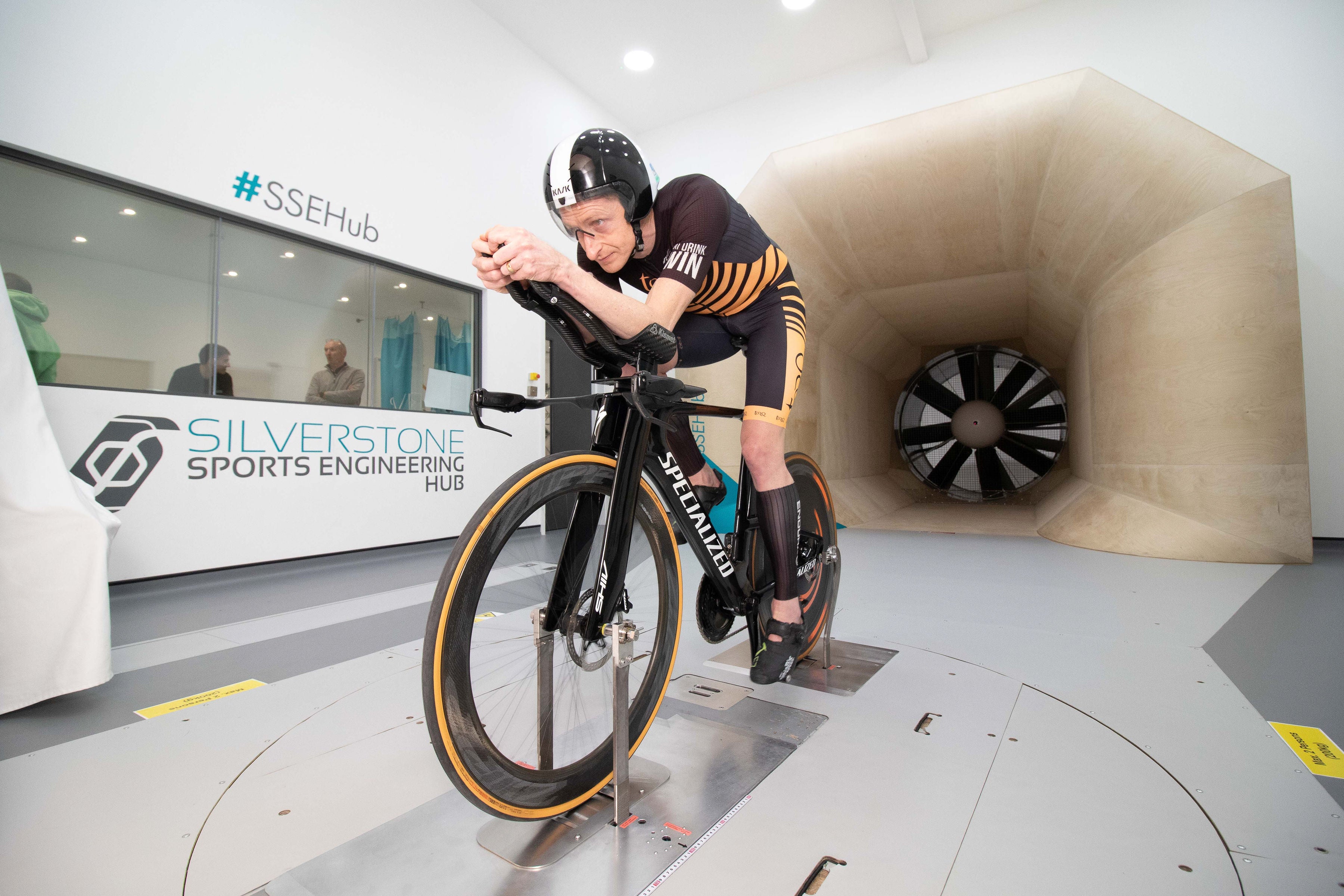
Wind Tunnel Tested At Silverstone
The Science
EZ Disc Super Lite 650C 10-15 Watt Saving
One of the first areas riders look to upgrade for aero improvements are their wheels. In time-trial and triathlon racing, many people equip their bikes with a completely covered rear wheel or a full rear disc wheel.
This blocks all air from getting caught in the rear wheel and keeps it moving past quickly. On windy days, the disc may also create a sail effect, pushing the rider even faster.
But bolting one of these on is not cheap. Just that rear wheel alone can cost anywhere from (£1,000 to £4,000).
To make this rear wheel advantage more accessible to the masses, the team at EZGains has created an elegant solution to this problem.
They’ve developed a simple cover made of durable and lightweight material that slips over your existing wheel, connecting securely and creating the SAME aero gains as if you purchased a fancy rear wheel.
In fact, some testing suggests that depending on the wheel you install it on, the cover may perform better than a full disc wheel due to the fact of what quality hub you have, cheap disc wheel or old one often means cheap or poor-quality hub, this means if you already have a good quality wheel and add the EZ Disc this can enhance your gains, as the aero gains between and Disc and EZ Disc identical.
Testing this out ourselves, we found that installation was quite simple and could be done at home with the appropriate tools (most will need a lock ring tool).
Once on the bike, the feel and performance was evident. It really showed its stuff on those fast descents, capturing an extra mile or two per hour in comparison to our 80mm deep section rear wheel.
Wind Tunnel EZ Disc Aerodynamics Testing
The EZDisc was tested at Silverstone Sports Engineering Hub and compared to a top end disc wheel “graph below at 40kph, the orange line is a EZDisc with a lower CDA".
Tests 31st January 2023 using rim tape and a rider holding the exact position within the green lines set out from base ride.
The idea was to validate that putting one of these covers on your wheel actually makes you faster. Spoiler – it does!
We had an array of quality carbon wheels of different depths with EZDisc covers for each, one aluminium box rimmed training wheel, one relatively cheap disc wheel and one relatively expensive disc wheel to play with.
The test itself was with the wheels on my TT bike, with the wheels spinning, without a rider. Why? The rider adds far more drag than a wheel so unintentional movements can mask the differences the wheels make. We tested with wind speeds of 30, 40 and 50kmph, with wind angles of -15 degrees through to 15 degrees. The results were unequivocal!
This graph shows lines, one per wheel, for the aerodynamic drag (the “CDA“), including the bike, against the wind angle (the “yaw”). It’s averaged across the wind speeds.
The lower the CDA, the better. As you’d expect the training wheel performed worst (the top line in dark grey).Then there is a group of all the carbon wheels. Surprisingly the depths from 38 to 88 all performed similarly, with the deeper rims just outperforming the shallower ones at higher yaws.
Then there is a grouping containing the real disc wheels and the disc wheels with covers. There’s very little difference between these. These distinct groupings show the disc covers improving the aerodynamics of the wheels up to the same performance as normal disc wheels! Bearing in mind these are a fraction of the cost, this is a pretty big finding! What do those figures mean in terms of racing?
Plugging the differences between the wheels with and without the disc into a calculator or directly using the formula you can work it out the saving.
The above tests were conducted not using the rim tape in 2021 and without a rider.
That’s a pretty impressive improvement, especially considering these were some pretty high-end wheels to start off with. Comparing the aluminium box rim training wheel to the 88mm with an EZDisc cover or real disc wheels, you can see it’s practically the same time savings EZ Disc / 88mm / 20mm "its clear difference with an EZ Disc. We also in the earlier days used Aero Weenie to crunch the numbers from our tests, this is in real world
Outside Testing
For our formal testing we manage all the variables as best we can. We conducted our repeat runs on the same hilly route, on the same day with one rider on one bike, just changing the rear wheel from a standard one to one with an EZDisc fitted.
When testing out door you will always get a more positive result then the wind tunnel testing as you will also have a "push factor" from side and rear winds, any front winds will travel over a smoother surface faster.
We have now also had feedback for 100s of riders with over 5,000 EZ Disc riders confirming the below average time savings.
